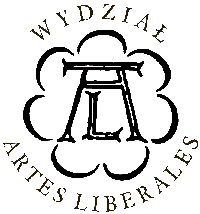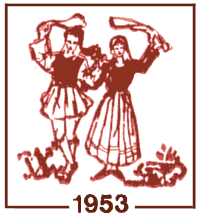The project is financed by the National Science Center and carried out at the Faculty „Artes Liberales” at the University of Warsaw in cooperation with the Dora Stratou Dance Theatre


| Testimony of: | knife |
| Source | Ιακωβίδης 1988, 24 (in: EEH, sv. Μαχαίριν, p. 381-382) |
| Original text | Το Δρεπάνιν, το Μασαίριν και η Τατσά είναι ατομικοί χοροί που συνήθως χορεύονται στην ίδια μελωδία. Στο Μασαίριν ο χορευτής κινείται ρυθμικά, βαστώντας ένα τσακκίν (σουγιά) ή ένα μαχαίρι, γύρω από το συγχορευτή του. Στη συνέχεια μπήγει το μαχαίρι στη γη και χορεύει πάνω και γύρω απ' αυτό. Με τη βοήθεια του συντρόφου του λυγίζει προς τα πίσω, πιάνει το μαχαίρι με τα δόντια του, σηκώνεται και χορεύει. Τέλος, κινεί το μαχαίρι με μεγάλη δεξιοτεχνία κοντά στο πρόσωπο, γύρω και πάνω από το κεφάλι και το σώμα του συγχορευτή. Σε μερικά χωριά, κυρίως της Μεσαορίας, ο χορευτής μαχαιρώνει εκείνον που τον βοηθούσε προηγουμένως, ο οποίος ξαπλώνει κάτω. Ακολουθεί μιμική αναπαράσταση της εκδοράς και του καθαρισμού του σφάγιου. Τέλος, τον φορτώνεται και χορεύει. |
| English translation | The Sickle, the Knife, the Tray are individual dances which are usually danced to the same melody. In the Knife [Masairin], the dancer is moving rhythmically, moving the knife [sougia, tsakkin] around his co-dancer. After that, he stabs the knife into the earth and dances on and around it. With the help of his assistant he leans backwards, grabs the knife with his teeth, stands up and dances. By the end, he moves the knife with great skill close to the face, around and over the head and the body of his partner. In some villages, especially in Mesaoria, the dancer is stabbing the one who was previously helping him, who lies down. Subsequently, the mimetic representation of skinning and cleaning the carcass is performed. Finally, he loads him [on his shoulder?] and dances. |
| Time/occasion of occurence | harvest |
| Region of occurence | Cyprus - Show on map |
| Function | confirming manliness/dexterity, |
| Dance name | Makhairia |